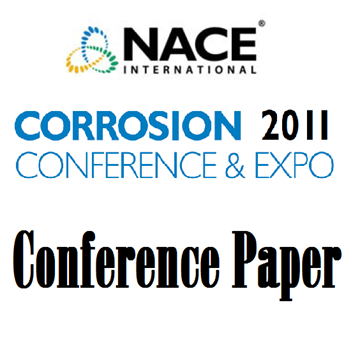Search
11082 Guidelines When Conducting Hydrostatic Pressure Tests and Management of Extended Dwell Times Through Dry/Wet Lay-ups
Also Purchased
11032 New Development of a High Tg FBE Coating
Product Number:
51300-11032-SG
ISBN:
2011 11032 CP
Publication Date:
2011
$20.00
10002 Failure Analysis of Three Layer Polypropylene Pipeline Coatings
Product Number:
51300-10002-SG
ISBN:
10002 2010 CP
Publication Date:
2010
$20.00
11120 Sulfur Corrosion Due To Oxygen Ingress
Product Number:
51300-11120-SG
ISBN:
2011 11120 CP
Publication Date:
2011
$20.00




